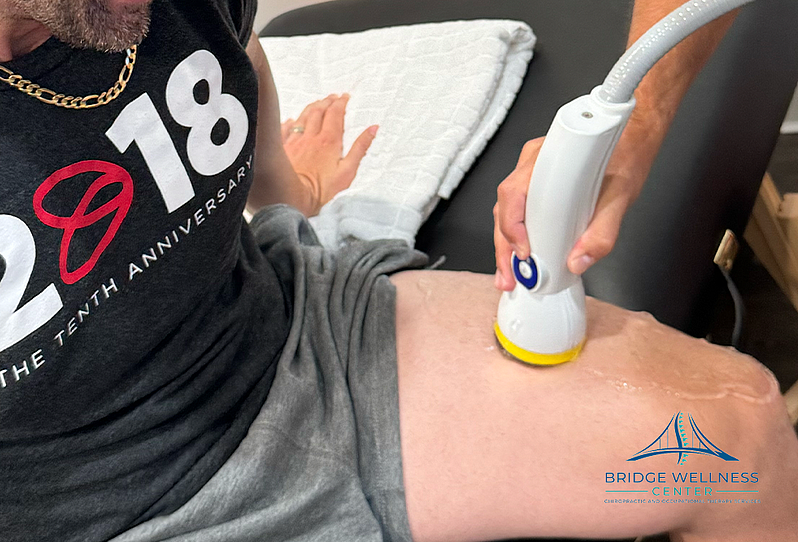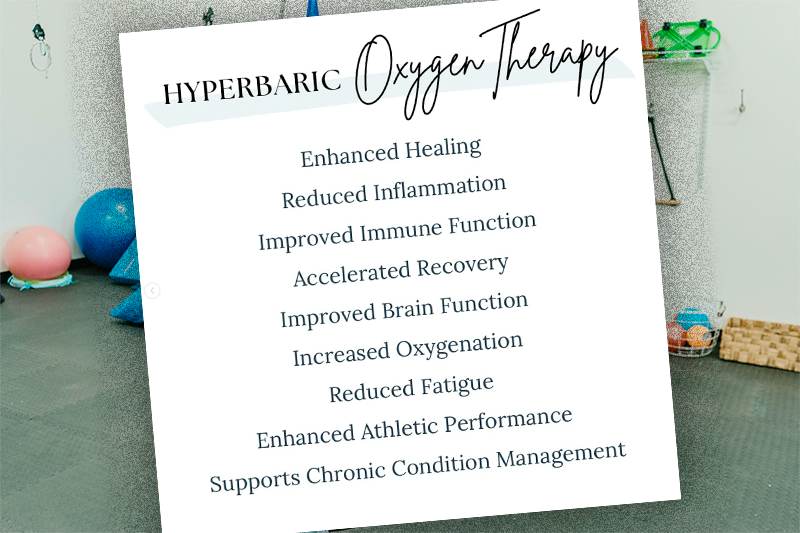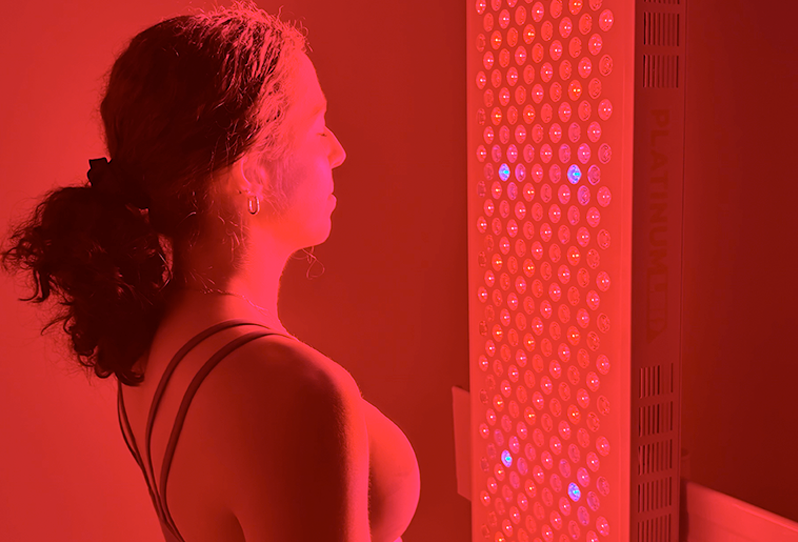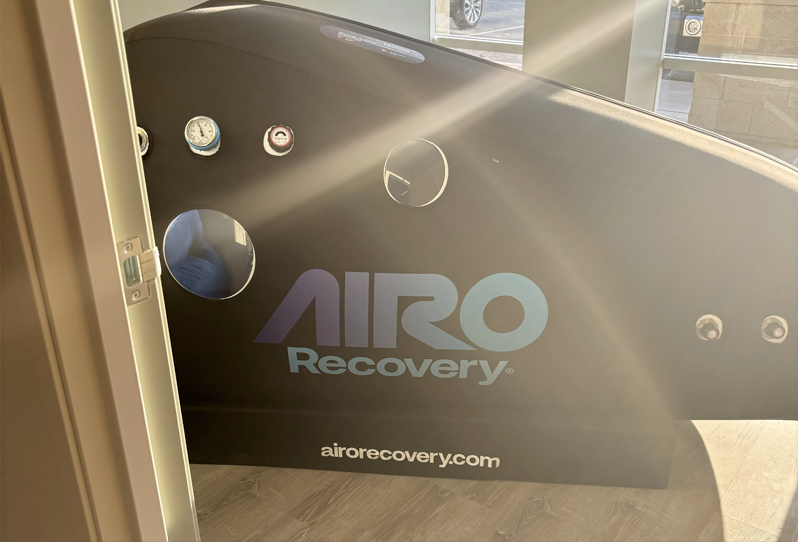Blog
Hyperbaric Oxygen Therapy (HBOT) and Lyme Disease: How It Helps
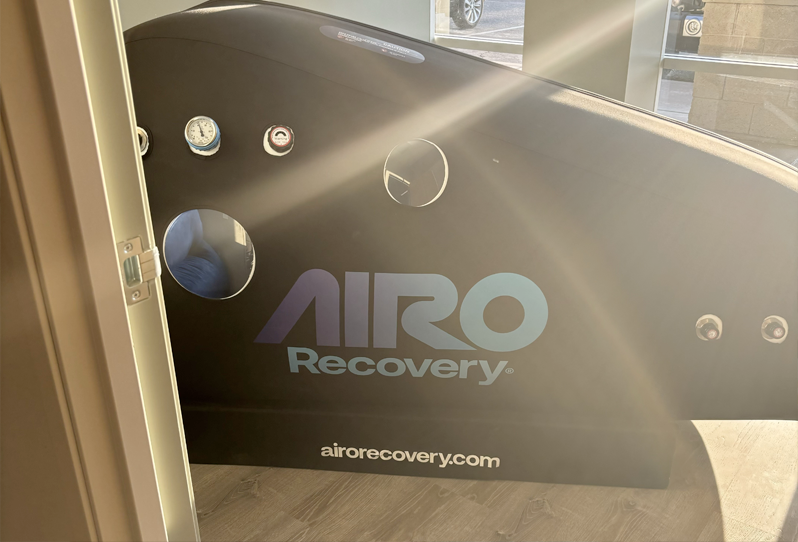
Hyperbaric Oxygen Therapy (HBOT) and Lyme Disease: How It Helps
Lyme disease, caused by Borrelia burgdorferi, a bacterium transmitted through the bite of infected black-legged ticks, can lead to a range of debilitating symptoms. These include fatigue, joint pain, muscle aches, neurological issues, and cognitive dysfunction. For some, Lyme disease becomes chronic, continuing to impact quality of life even after standard antibiotic treatments. This is where hyperbaric oxygen therapy (HBOT) has garnered attention as a complementary treatment.
What is Hyperbaric Oxygen Therapy (HBOT)?
Hyperbaric oxygen therapy involves breathing pure oxygen in a pressurized chamber. This increases the oxygen concentration in the blood and tissues, allowing oxygen to reach areas that might otherwise be difficult for it to penetrate. By enhancing oxygen delivery to the body, HBOT stimulates various healing processes, including boosting the immune system, reducing inflammation, and promoting tissue repair.
Lyme Disease and Oxygen Sensitivity
The Borrelia burgdorferi bacterium thrives in low-oxygen environments. This is one reason why the bacteria can persist in tissues even after antibiotics. In chronic Lyme disease, bacteria can evade treatment by hiding in oxygen-poor areas, such as inflamed or scarred tissues. The increase in oxygen from HBOT disrupts this low-oxygen environment, potentially making it harder for the bacteria to survive.
How Hyperbaric Oxygen Therapy Helps with Lyme Disease
-
Enhanced Bacterial Destruction:
The bacteria causing Lyme disease are microaerophilic, meaning they require low oxygen levels to survive. The high levels of oxygen delivered during HBOT can weaken and destroy these bacteria. By saturating the tissues with oxygen, HBOT creates a hostile environment for Borrelia, reducing its ability to replicate and persist. -
Reduction of Inflammation:
Chronic Lyme disease often results in persistent inflammation, leading to symptoms such as joint pain, swelling, and fatigue. HBOT is known to reduce inflammation by promoting the release of anti-inflammatory cytokines. This helps calm the immune system, alleviating some of the debilitating symptoms associated with Lyme disease. -
Boosted Immune Function:
A well-functioning immune system is crucial in fighting off infections like Lyme disease. HBOT strengthens the immune response by stimulating the production of white blood cells and enhancing their ability to detect and eliminate pathogens. This improved immune function can help target Borrelia bacteria more effectively. -
Improved Neurological Health:
One of the more concerning aspects of chronic Lyme disease is its potential to affect the nervous system. Known as neuroborreliosis, this can lead to cognitive issues, memory problems, brain fog, and mood changes. HBOT promotes neuroplasticity (the brain's ability to repair itself) and enhances oxygen flow to brain tissues, which may aid in repairing damage caused by the infection. -
Tissue Repair and Detoxification:
Lyme disease can damage tissues over time, and the body’s natural healing mechanisms may not function optimally, particularly if tissues are oxygen-deprived. HBOT supports tissue regeneration by stimulating collagen production and increasing the supply of nutrients needed for repair. It also helps in detoxifying tissues, removing toxic byproducts produced by the bacteria and inflammation.
Scientific Studies and Evidence
While the use of HBOT in Lyme disease treatment is still being researched, some studies have shown promising results. A study published in Medical Gas Research indicated that HBOT can have a positive impact on patients with persistent Lyme disease symptoms, particularly those with neurological complications. Another study by Dr. William Fife at Texas A&M University found that patients with chronic Lyme disease showed significant improvements after undergoing HBOT.
Despite these promising findings, HBOT is not yet universally accepted as a standard treatment for Lyme disease, and more research is needed to establish its effectiveness fully. However, many patients report symptomatic relief, especially when used as part of a broader, integrative treatment approach.
The HBOT Treatment Process for Lyme Disease
A typical HBOT session involves the patient lying inside a hyperbaric chamber while breathing pure oxygen. The pressure inside the chamber is increased to around 2 to 3 times the normal atmospheric pressure. Each session lasts about 60 to 90 minutes, and patients may need 20 to 40 sessions depending on the severity of their condition and response to the treatment.
It’s important for patients to work closely with a healthcare provider who is experienced in both Lyme disease management and HBOT. While generally safe, HBOT can have side effects, such as ear discomfort or mild sinus pressure, due to the changes in pressure.
Conclusion
Hyperbaric oxygen therapy offers an exciting avenue for supporting the healing process in Lyme disease, especially for those suffering from persistent, chronic symptoms. By flooding the body with oxygen, HBOT can help reduce bacterial load, decrease inflammation, promote tissue healing, and improve neurological health. Though not a standalone cure, it can be a valuable component of a holistic Lyme disease treatment plan. As research continues, HBOT may become more widely recognized as a helpful tool in battling this complex and often frustrating condition.In.
If you are interested, give Bridge Wellness Center a try as we have one in office. www.bridgewellnesscenteraz.com
‹ Back



